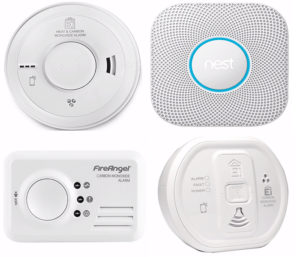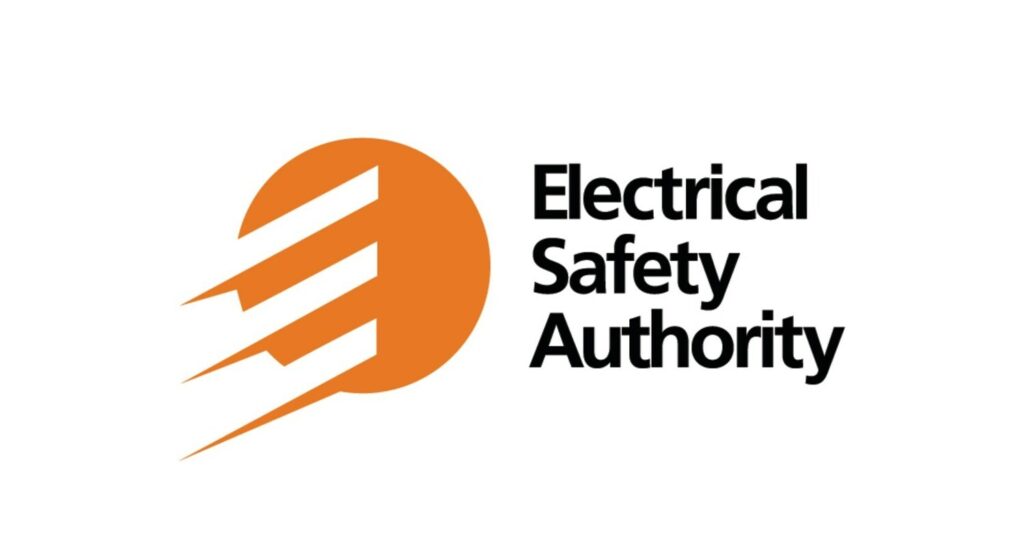Smoke Detectors: Smoke detectors are designed to sense the presence of smoke, which is an indicator of fire. They use different technologies, such as:
- Ionization: Detects smaller smoke particles from fast-flaming fires using ionized air particles.
- Photoelectric: Senses larger smoke particles from smoldering fires using a light beam. When smoke is detected, the alarm sounds, alerting occupants to evacuate and take action.
Heat Detectors: Heat detectors respond to the presence of high heat or rapid increases in temperature, often associated with fire. They come in two main types:
- Fixed Temperature: Triggers the alarm when the temperature reaches a pre-set level.
- Rate-of-Rise: Activates when the temperature rises rapidly within a short period. Heat detectors are particularly useful in areas where smoke detectors may cause false alarms, such as kitchens and garages.
CO2 Detectors: Carbon dioxide (CO2) detectors measure the concentration of CO2 in the air. High levels of CO2 can indicate poor ventilation or malfunctioning heating systems, which can be hazardous to health. These detectors sound an alarm when CO2 levels exceed safe thresholds, prompting action to ventilate the area or address the source of CO2.
CO Detectors: Carbon monoxide (CO) detectors are crucial for detecting the presence of carbon monoxide gas, a colorless, odorless, and deadly gas produced by incomplete combustion from sources like gas stoves, heaters, and car engines. When CO is detected, the alarm sounds, warning occupants to ventilate the area and seek fresh air.
These detectors are essential safety devices, each designed to detect specific hazards, providing early warnings to prevent injury, poisoning, or death, and ensuring a safe living environment.
Installation Options
- Wireless Detectors.
- Addressable Detectors.
- 120V hardwired.
- Low voltage (2 wire and 4 wire) smoke detectors.




